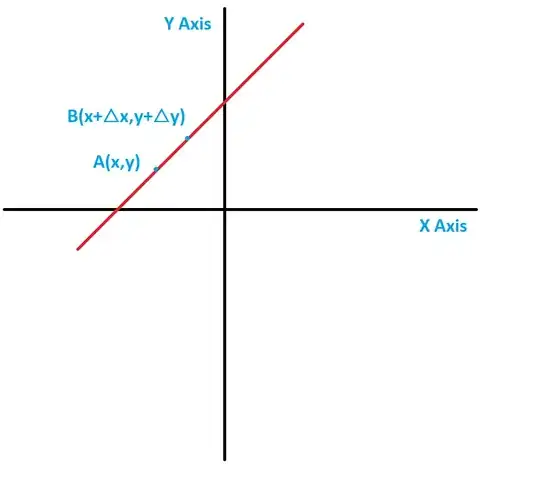Differentiation is so widely used that it's almost difficult to know where to start. I'd go as far as to say that it's difficult (but perhaps possible) to find any broad scientific endeavour that doesn't use derivatives at all.
Standard techniques such as least squares regression uses derivatives to achieve its solution. So any time you fit a regression line to some (noisy) data, you're most likely using derivatives (perhaps unknowingly). Least squares regression is used in the "softer" sciences such as sociology and psychology as well as the "harder" sciences such as physics.
Derivatives are widely used in optimization (In fact, the least squares problem is an optimization problem). See this link for some real world applications of optimization. A very basic example of an optimization problem is the following. How do we find the maximal volume a box can contain if it its exterior is made of $1\,\text{m}^2$ cardboard and it must have at least a height of $x$? The process to answer such a question will often use derivatives.
Derivatives are used in differential equations. Differential equations are used to model extremely many physical phenomena and widely applied to solve physical problems, but also non-physical problems. See this link for some real world applications of differential equations. It includes economic models, fluid dynamics models, electrodynamics, and much, much more.
Derivatives are widely used in machine learning. See this link for some applications of machine learning. The list is vast. Applications of machine learning are often related to optimization.
I would also recommend reading a bit about the history of calculus, see specifically applications, because that will give you some insight into why differentiation (and related notions) were invented. For example, Newton's (second) law states that
$$F = ma $$
but the acceleration, $a$, uses derivatives because
$$a = \frac{dv}{dt} = \frac{d^2x}{dt^2 }$$
Acceleration is the instantaneous rate of change of velocity ($v$), or the second derivative of position ($x$) with respect to time. So we use differentiation to understand motion of objects.
Derivatives were (and are) used in investigation of vibrating chords, on analysis of elasticity of bodies, heat diffusion, electricity, etc. These are generally applications of differential equations as discussed above.
Happy reading!

